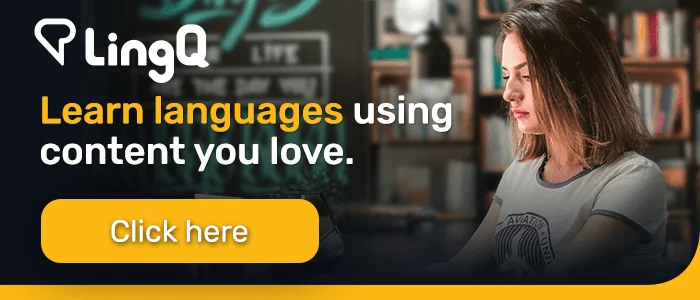How to Say ‘Thank You’ in Korean
Learning how to say ‘thank you’ in a new language is extremely important and also more complicated than you might think!
Think about all the different ways to say ‘thank you’ in English. There are tons of variations depending on the context and who you’re talking to, similarly in Korean. Korean culture places a lot of importance on respect and hierarchy, so it’s important to know how to show appreciation in different situations in order to convey respect and sound more natural when speaking. Their ways of thanking people vary from formal to casual and depend on the age and position of the person that you’re speaking to.

We will cover the most commonly used terms and explain the context in which they should be used, so you can learn to thank people confidently without the worry of offending anyone!
Formal Settings
There are two polite ways of thanking someone in situations where, for example, you don’t know the person well, or they are your senior.
감사합니다 (gamsahamnida)
고맙습니다 (gomapseumnida)
Both of these ultimately mean the same thing and are very commonly used in everyday life in Korea. 감사합니다 (gamsahamnida) comes from the verb 감사하다 (gamsahada), which combines gamsa (“thank” and “gratitude”) and hada (“to do”). Together, the word means “to thank” or “to do gratitude”. 고맙습니다 (gomapseumnida) comes from the verb 고맙다 (gomapda), which means “to be grateful.” Most Koreans use these terms interchangeably and they are both considered polite, but 감사합니다 (gamsahamnida) is sometimes considered a bit more formal than 고맙습니다 (gomapseumnida). It doesn’t matter too much which one you say, and it really comes down to personal preference, but its good to be familiar with both terms, as you will definitely hear both.
Examples:

The Standard ‘Thank You’
고마워요 (gomawoyo)
This form of ‘thank you’ is a different conjugation of the verb 고맙다 (gomapda). While it is still considered polite, 고마워요 (gomawoyo) is a less formal, more standard version of 고맙습니다 (gomapseumnida). Gomawoyo is too formal to use with close friends and family, but not formal enough to use with people you’ve just met, people older than you or those who are more senior in rank. This is commonly used with people who are considered to be on the same “level” as you, but who are not your friend, so you need to show a certain level of respect, for example with coworkers in roughly the same standing as you in the company who you’re friendly with, but you’re not necessarily friends outside of work. 고마워요 (gomawoyo) can also be used with people younger than you that you don’t know, unless it is a young child, with whom you can use a more casual term.
Example:
알려줘서 고마워요. (allyeojwoseo gomawoyo.)- “Thank you for letting me know.”
Informal Settings
고마워 (gomawo)
This is another conjugation of the verb 고맙다 (gomapda), but is used casually and is the Korean equivalent of ‘thanks’. You can use 고마워 (gomawo) with close friends and family who are around your age, as well as anyone younger than you that you’re familiar with. Using 고마워 (gomawo) with people younger than you that you don’t know is too informal and considered rude unless it is a young child. 고마워 (gomawo) would also not be used between two adults who aren’t close, even if there is a large age gap, as this is considered disrespectful.
Example:
난 괜찮아, 고마워. (nan gwaenchana, gomawo.) -“I’m okay, thanks!”
You find all Korean LingQ Podcast episodes as lessons on LingQ too. Translate words and phrases as you listen along and create your own personal database. You can then study those words and phrases in vocabulary activities. Level up your Korean on LingQ!

Expressing Deeper Gratitude
If you wanted to express deeper gratitude than your standard ‘thank you,’ there are a few different ways to say this depending on the context.
Formal
대단히(daedanhi) means “very” or “greatly” and is only used with감사합니다(gamsahamnida).대단히 감사합니다 (daedanhi gamsahamnida), which means “thank you so much.” This is used to express very deep gratitude if someone has done you a big favour, however it isn’t super commonly used. You will more commonly hear 정말 고맙습니다 (jeongmal gomapseumnida) in formal settings. 정말 (jeongmal) means “really” or “truly,” so this means, “I’m truly grateful.”
Informal
In informal settings, you can add 정말 (jeongmal), which means ‘really’ to 고마워 (gomawo) and say 정말고마워! (Jeongmal gomawo!), which means “Thanks so much!”
Body Language
When saying thank you in Korea, it is custom to bow. The way that you bow will depend on the degree of gratitude and social status. If you’re thanking a friend, a head nod will do. Bow a little lower than this if you’re thanking an elder or a boss and even lower if you’re thanking a CEO or someone of very high rank. Lastly, if you’re thanking a leader of a country, for example, you’ll need to hinge at the hips and bow to almost a complete 90-degree angle while keeping your back flat and hands at your sides or on the front of your thighs.
Saying thank you in Korean may not be as simple as you thought due to the complex hierarchical nature of Korean culture. This may take some getting used to, but if you remember which words to use based on who you’re speaking with, you will fit right in and avoid unintentionally offending others. Just remember, it all comes down to social standing!

Learn Korean on LingQ
Now that you’ve learned how to say thank you in Korean, you need to practice! LingQ is the best way to learn Korean online because it lets you learn from content you enjoy! You can import videos, podcasts, and much more and turn them into interactive lessons. Keep all your favourite language content stored in one place, easily look up new words, save vocabulary, and review. Check out our guide to importing content into LingQ for more information.
LingQ is available for desktop as well as Android and iOS. Gain access to thousands of hours of audio and transcripts and begin your journey to fluency today.


